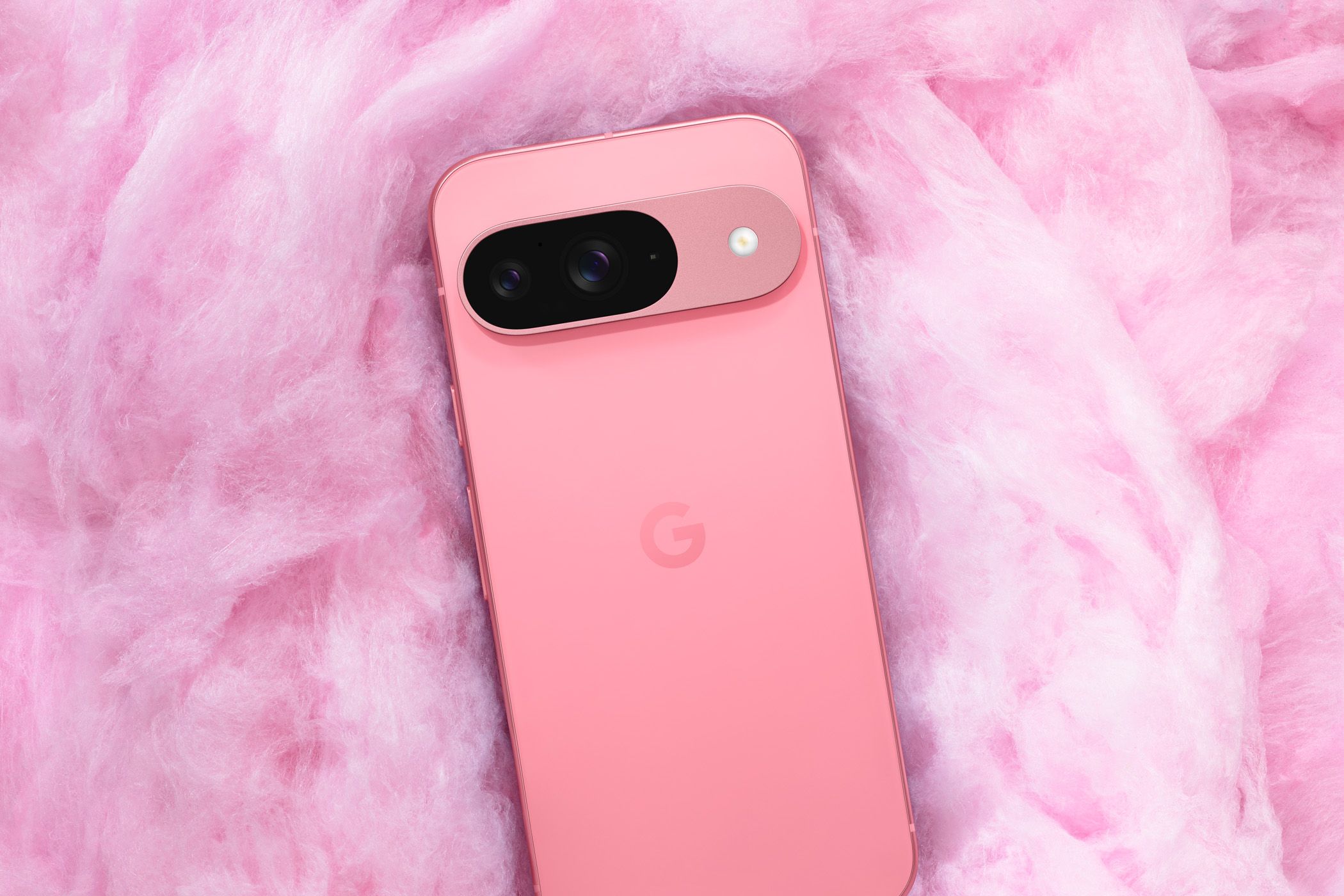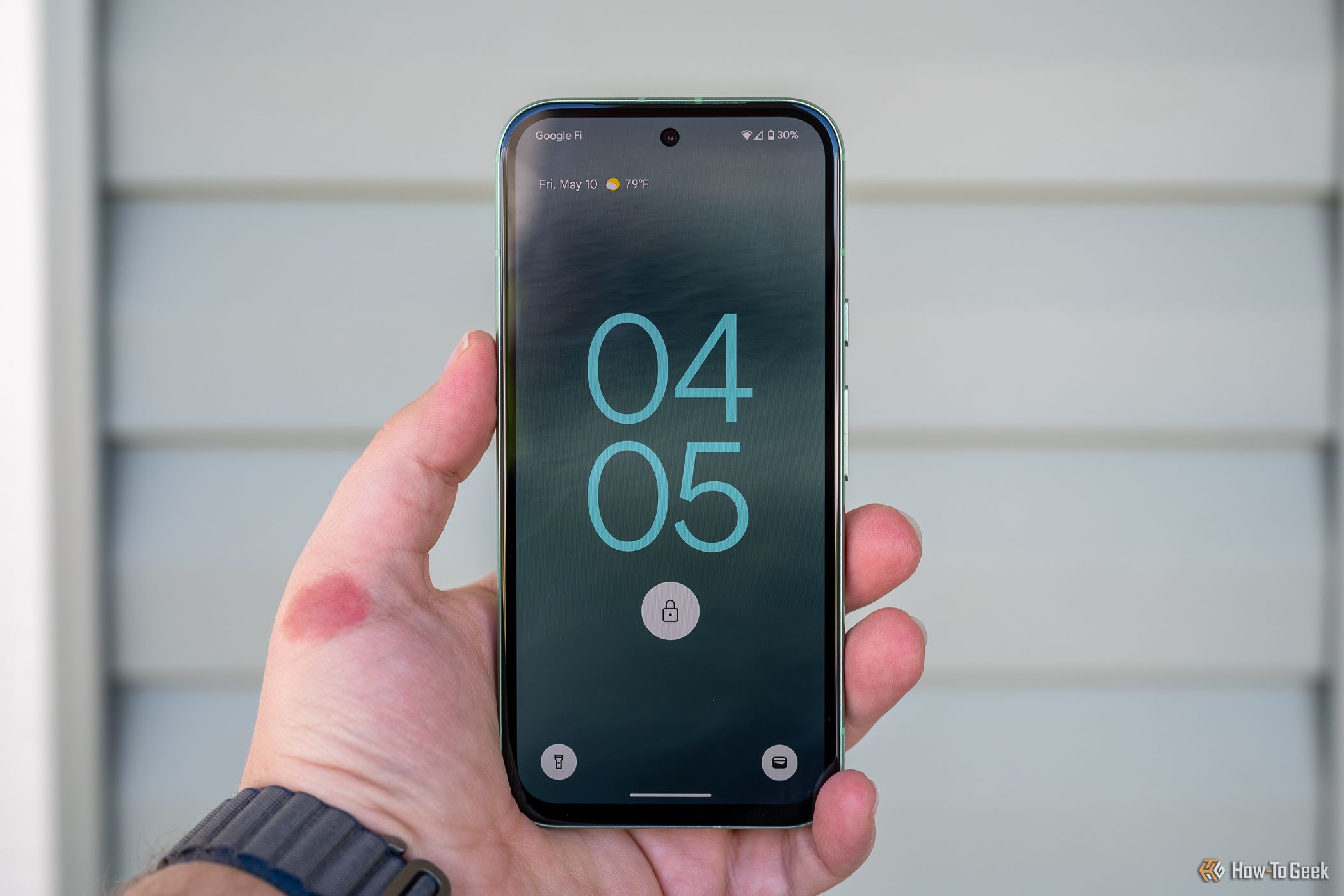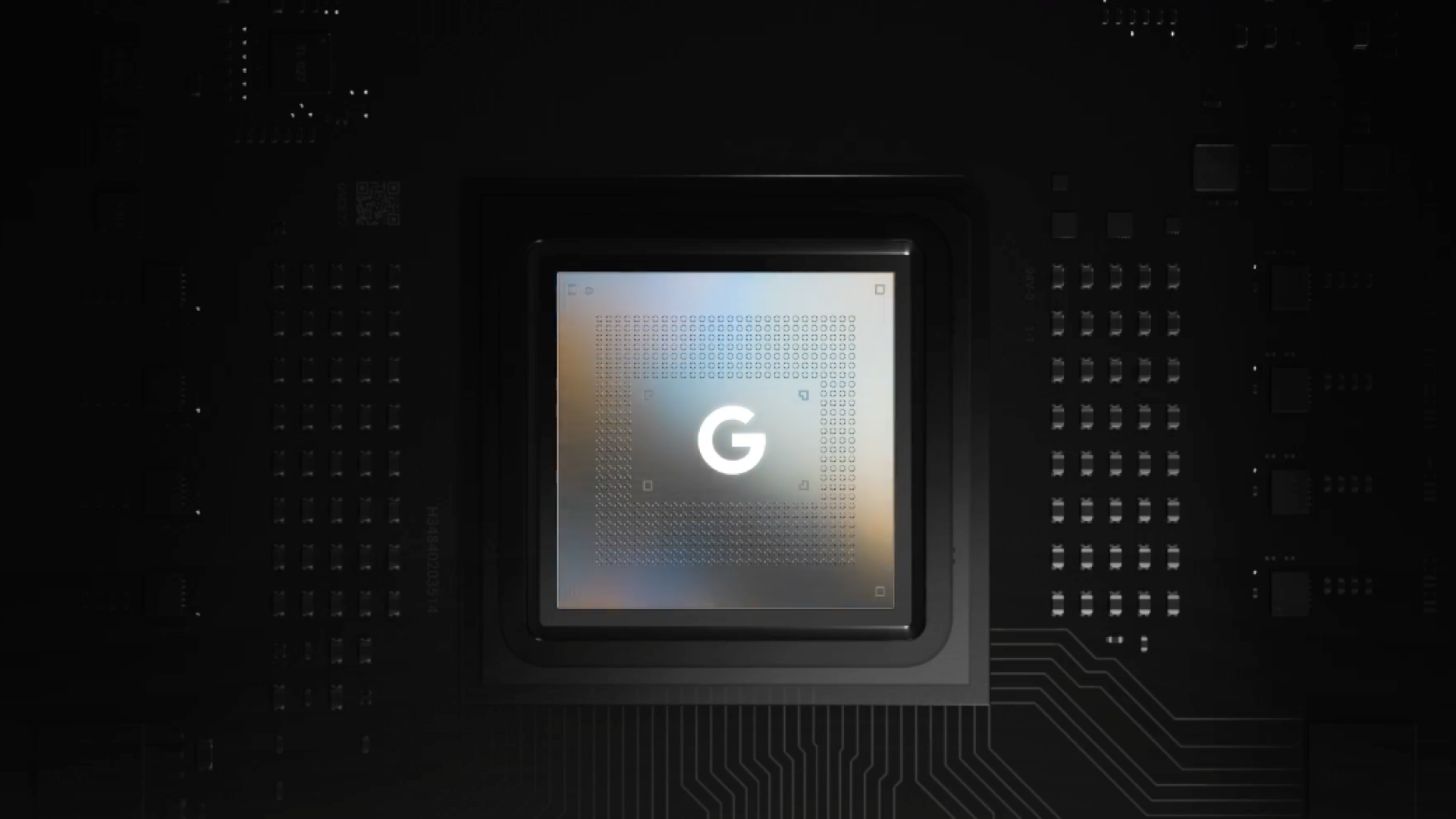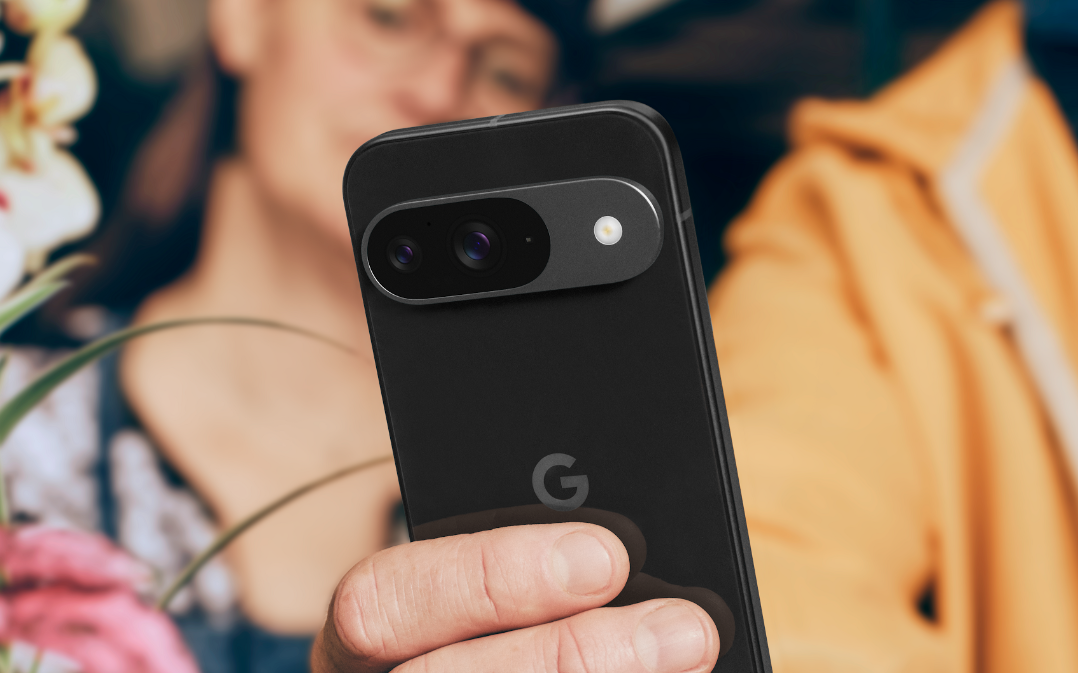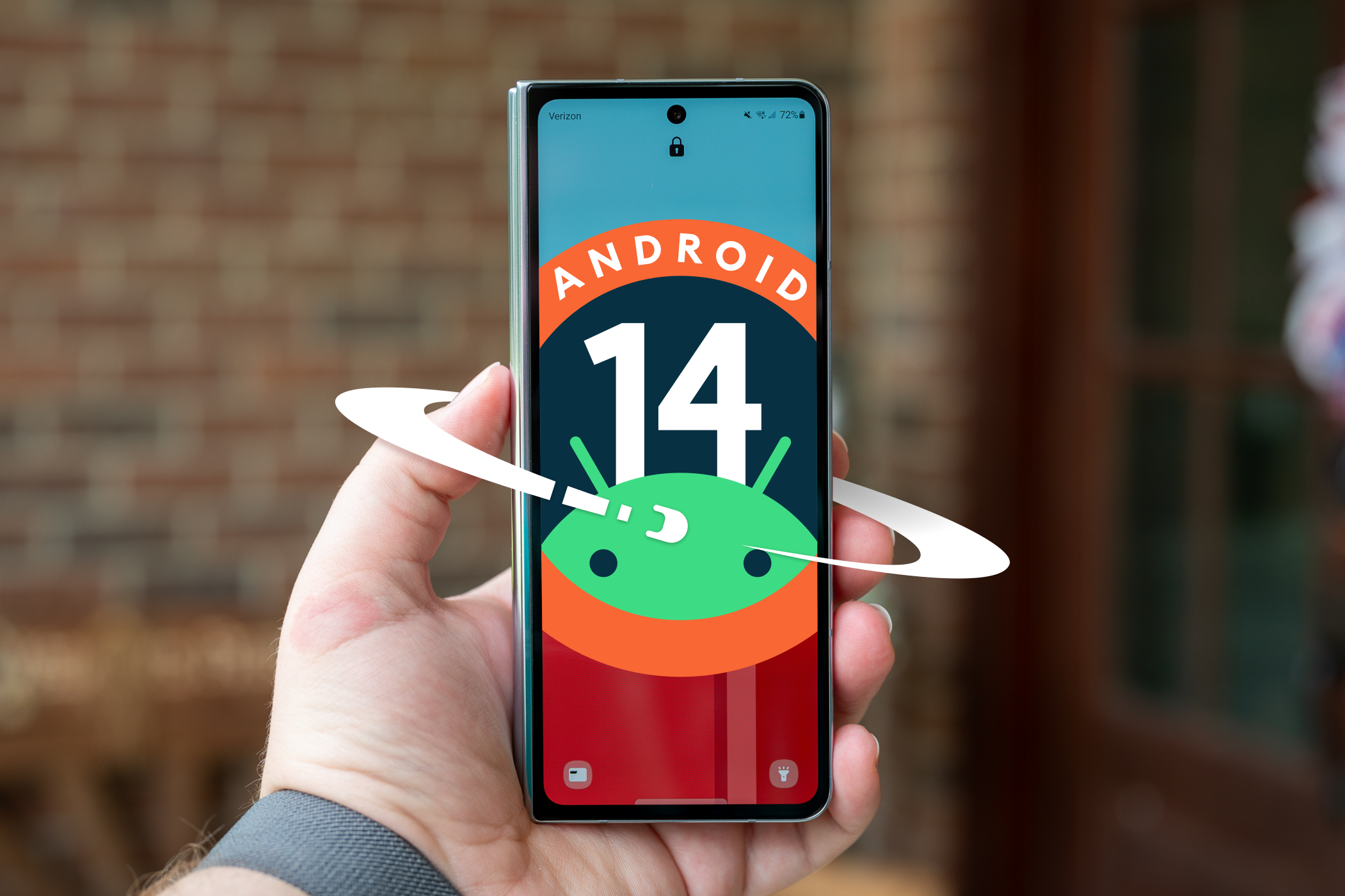Key Takeaways
- The Google Pixel 9 has a fresh design. It ships in four colors and has a new camera visor, metal frames, and Gorilla Glass Victus 2 protection.
- Compared to the Pixel 8, the Pixel 9 offers a better screen, a processor, an improved ultrawide camera, and a slightly larger battery.
- However, if you already own the Pixel 8, you might want to hold off for another year or two before you absolutely have to upgrade.
After countless leaks and rumors, the Pixel 9 is finally here. With a brighter display, the Tensor G4 SoC, and an improved ultrawide camera, the smartphone ships with several upgrades. But do upgrades justify a premium over the outgoing Pixel 8? Let’s find out.
Price & Availability
The Pixel 9 will be available for $799 starting on August 22nd. It comes in four colorways: Obsidian, Porcelain, Wintergreen, and Peony. Meanwhile, the Pixel 8 is available for $699, and it comes in Mint, Hazel, Obsidian, and Rose. However, since the Pixel 8 is now one year old, you can easily find it discounted or on the second-hand market.
Pixel 9 Debuts With A Fresh Design And A New Color
When it comes to design, companies like Google, Samsung, and Apple have one thing in common: they’ve settled for a signature design language. Until Pixel 5, Google used to have a square-ish camera module at the top left corner of the rear panel, like most phones did. However, when the Pixel 6 arrived with its horizontal camera visor, it gave the lineup its own identity, separating it from the rest of the smartphones out there. As a result, all the models that came after the Pixel 6, i.e., the Pixel 7, Pixel 8, and now the Pixel 9, have the same horizontal camera visor on the rear. And giving credit where due, Google has managed to pack the Pixel 9 with a pinch of freshness and elegance.
Available in Obsidian, Porcelain, Wintergreen, and Peony (the new shade), the Pixel 9 looks more refined than ever. Whether it is the symmetrical bezels on the front, the metal frame with a satin finish, or the polished back panel (made of Gorilla Glass Victus 2), the smartphone feels far more premium than the Pixel 8. Yes, the phone still retains the oblong camera visor, but the way it doesn’t merge into the side frame and has a matte texture screams class. Enough drooling; let’s talk numbers now. The Pixel 9 measures 152.8 x 72.0 x 8.5 mm and weighs 198 grams, making it taller and slimmer than the Pixel 8, which is 150.5 x 70.8 x 8.9 mm. However, Google’s 2023 flagship weighs 187 grams, making it slightly lighter.
The Pixel 8, on the other hand, ships in four colors, including Obsidian, Hazel, Mint, and Rose, and features Corning’s Gorilla Glass Victus on the rear panel. Even though both phones have an IP68 dust/water resistance rating and a fingerprint-resistant coating on the back, the Pixel 9 looks and feels more flagship. But looks shouldn’t be the only reason you upgrade your Pixel 8 unless they matter to you.
Does The Pixel 9 Borrow Its Screen From The Pixel 8?
Besides design, the screen is among the biggest differentiators between the Pixel 8 and the Pixel 9. While the former ships with a 6.2-inch Actua display that supports 2,000 nits of peak brightness (1,400 nits in HDR mode), the latter has a slightly larger 6.3-inch Actua display that can shine as bright as 2,700 nits (1,800 nits in HDR mode). The Pixel 9 isn’t just brighter, but it also comes with an improved contrast ratio of over 2,000,000:1 than 1,000,000:1 on the older model. The latest model features Corning’s Gorilla Glass Victus 2 for protection against scratches, whereas the one-year-old Pixel ships with Gorilla Glass Victus.
There are a few similarities between the phones’ screens, too, including a 60-120Hz refresh rate, support for HDR content, and full 24-bit depth for 16 million colors. All things considered, the Pixel 9 has a bigger, brighter, and better display than the Pixel 8. In day-to-day usage, it should feel more legible and produce more vibrant colors.
Tensor G4 Vs. Tensor G3: Google Could Have Done Better
Yes, the Pixel 9 series features the Tensor G4, and yes, it features a new cluster design, but is it enough to shell out your money and upgrade? Not so fast. Unlike the nona-core CPU on the Tensor G3, the Tensor G4 packs an octa-core CPU (with slightly faster cores). Have a look at the CPU’s configuration below.
- Tensor G4: One prime Cortex-X4 core at 3.1GHz, three Cortex-A720 cores at 2.6GHz, and four Cortex-A520 cores at 1.95GHz.
- Tensor G3: One prime Cortex-X3 core at 2.9GHz, four Cortex-A715 cores at 2.4GHz, and four Cortex-A510 cores at 1.7GHz.
- Both chipsets feature the Titan M2 security chip.
Though the processor doesn’t offer any significant performance enhancement, the presence of a new Modem, the Exynos 5400, makes it much more efficient than the Tensor G3. Further, the Pixel 9 ships with 12GB of RAM as opposed to 8GB on the Pixel 8, which should help the phone multitask and handle larger apps with ease. Regarding storage, the Pixel 9 ships with either 128GB or 256GB of storage, and so does the Pixel 8.
Pixel 9 Gets A New Ultrawide Camera
Now, let’s compare the Pixel 9’s cameras to those on the good old Pixel 8. Both phones feature the same 50MP (f/1.68, 1/1.31-inch) primary sensor with an 82° field of view. The ultrawide camera, however, has been upgraded from 12MP (f/2.2, 125.8° field of view) on the Pixel 8 to 48MP (f/1.7, 123° field of view) on the Pixel 9. With the new sensor, you should be able to click sharper pictures with less noise (due to the larger aperture). In addition, it also doubles as a macro shooter. Both the sensors are accompanied by a single-zone LDAF (laser detect autofocus) sensor and a spectral and flicker sensor.
The front camera on the Pixel 9 is the same as on the Pixel 8: a 10.5 MP (f/2.2, 95° field of view). In the classic Pixel fashion, the Pixel 9 features all the fancy software-based features, such as Super Res Zoom (up to 8x), Night Sight, Astrophotography, Face Unblur, and several AI-based features, such as Magic Editor, Magic Eraser, Best Take. What’s new is a feature called “Add Me.” Using computational photography tricks, the feature can add an individual to a group photo they’re not initially a part of. We also saw this feature in one of Pixel 9’s leaked promos, wherein a girl uses it to add her to a picture she clicked.
I can see the feature finding some use in scenarios where a group can’t find someone to take their picture, and eventually, one of the members ends up clicking the photo and not being in the photo. On the flip side, I am also concerned about the potential misuse of the feature. Will it work on pictures that are not clicked on the Pixel smartphone, or will Pixel owners be able to add them to just any group photograph they find on the internet? We’ll find out soon enough. Anyway, the feature doesn’t appear to be hardware-specific, and there’s a good chance it could arrive on the older Pixel 8 with a future update.
Those interested in recording videos can shoot in 4K at up to 60 fps (from all the cameras). They’ll also get features like Audio Magic Eraser, Macro Focus Video, and 10-bit HDR video, which are already present on the Pixel 8. Moreover, the optics department saw very few promotions this year, just the bare minimum to call the Pixel 9’s cameras an incremental update. Nonetheless, the new ultrawide camera and Tensor G4’s ISP should definitely elevate users’ experience.
Both Smartphones Launched With Android 14
Last year, Google announced the Pixel 8 and the Android 14 on the same date: October 4, 2023. In fact, the Alphabet-owned company has never launched a new flagship with an older Android version. However, since the “Made by Google” launch event is taking place in August this year, it looks like Google Android 15 isn’t quite ready yet, which is probably why the Pixel 9 series ships with Android 14.
Even so, the Android 15 update should roll out for both devices in August, or at the latest, by September 2024. With the new operating system, the Pixel devices will also get the suite of AI features called “Google AI.” This includes new features like Add Me, Pixel Screenshots, Studio, and some classics like Circle to Search and other Gemini-powered tools.
Besides these features, Pixel 9 also offers a couple of safety-related features, such as Satellite SOS (free for the first two years from device activation), Emergency SOS, Crisis Alerts, Car Crash Detection, Safety Check, etc. While most of these features are available on the Pixel 8, it doesn’t feature satellite connectivity. The company also provides Google VPN with the Pixel 9 at no additional cost to enhance users’ security and privacy.
With the Pixel 9, Google promises seven years of major operating system upgrades, security fixes, and quarterly Pixel Drops. In theory, the phone should get software updates till 2031, but whether or not it will make the cut for Android 21 will fold out in the distant future. In comparison, the Pixel 8 will receive updates till October 2030, one year less than its successor.
Connectivity Options
Connectivity options on the Pixel 9 are similar to those on the Pixel 8. Wireless options include Wi-Fi 6, Bluetooth v5.3, NFC, Google Cast, GPS, and GLONASS. For those wondering about 5G network reception, the Pixel 9 (G2YBB) supports both mmWave and Sub 6GHz networks, like the Pixel 8 (GKWS6). Establishing a wired connection with the phones is also straightforward, thanks to the USB Type-C 3.2 port.
The Pixel 9 Features A Slightly Bigger Battery
Battery capacity on the Pixel 9 also follows the trend of minor upgrades, which seems to have been the theme of this comparison. The Pixel 9 features a 4,700 mAh battery, while the Pixel 8 has a 4,575 mAh battery. And even though both batteries are rated to last for over 24 hours, the Pixel 9 should last significantly longer. We’re talking about an extra 10% battery left at the end of the day. Interestingly, the Extreme Battery Saver mode extends the Pixel 9’s battery life to about 100 hours, while the Pixel 8 maxes out at 72 hours.
When it comes to charging, the Pixel 9 is stuck with 27W via the 45W USB-C charger sold by Google, which is similar to the Pixel 8’s maximum charging rate. The only difference I could notice in the official spec sheet is that the Pixel 9 can charge up to 55% in about 30 minutes, while the Pixel 8 charges up to 50% in the same time. Lastly, both phones support wireless charging, which, for some strange reason, is slower on the Pixel 9 (15W) than the Pixel 8 (18W).
Which Is Right For You?
Well, that depends. If you own the Pixel 8, it is about 80% as good as its successor. Since you’d get most of the Google AI features and your phone will receive software updates until 2030, I won’t recommend upgrading to the Pixel 9. If you aren’t a Pixel user already, the lineup offers the smoothest Android OS experience on a smartphone, along with new feature drops and exceptional cameras. Between the Pixel 8 and the Pixel 9, the former would give you more value for your money.
However, if you’re using a three to four-year-old smartphone, like the Pixel 5 or the Pixel 6, the Pixel 9 would be a tremendous upgrade. Elegance and sophistication aside, the Pixel 9 offers a better display, a more powerful and efficient chipset, a better camera setup, and some additional accessibility features that might not be available on the older models. However, if your budget doesn’t allow you to spend on the Pixel 9, you can’t go wrong with the Pixel 8. With some digging, you can get the smartphone for a hefty discount of around $200 to $300.


